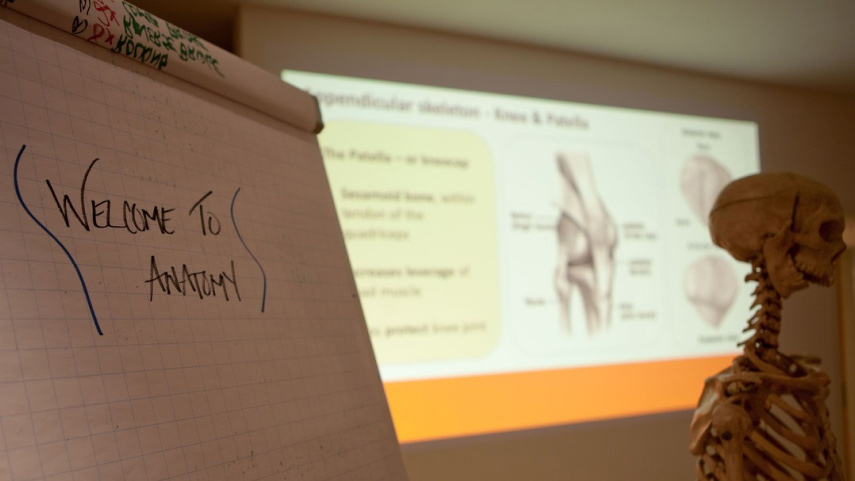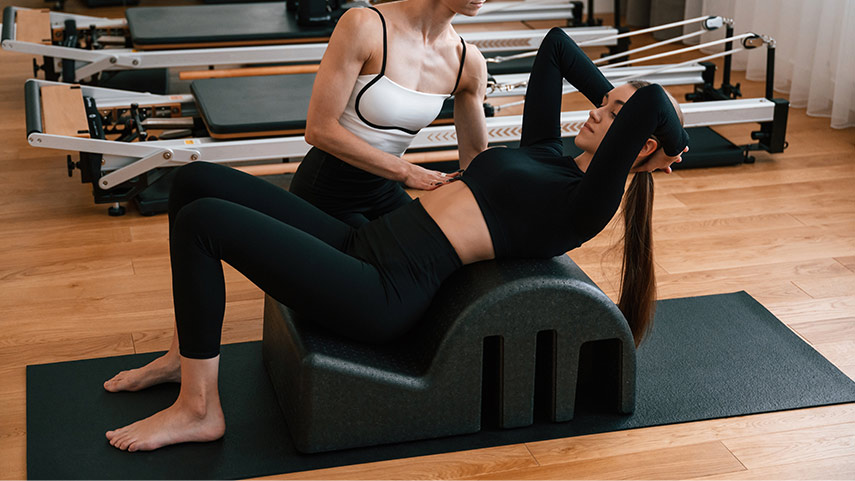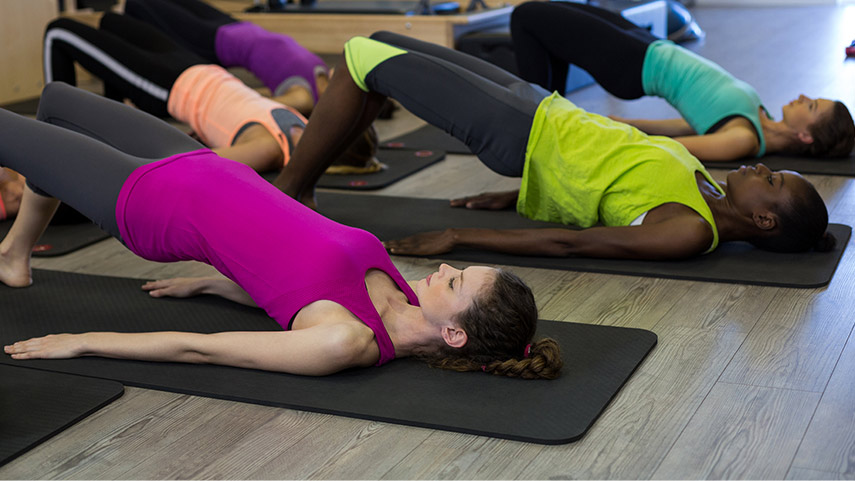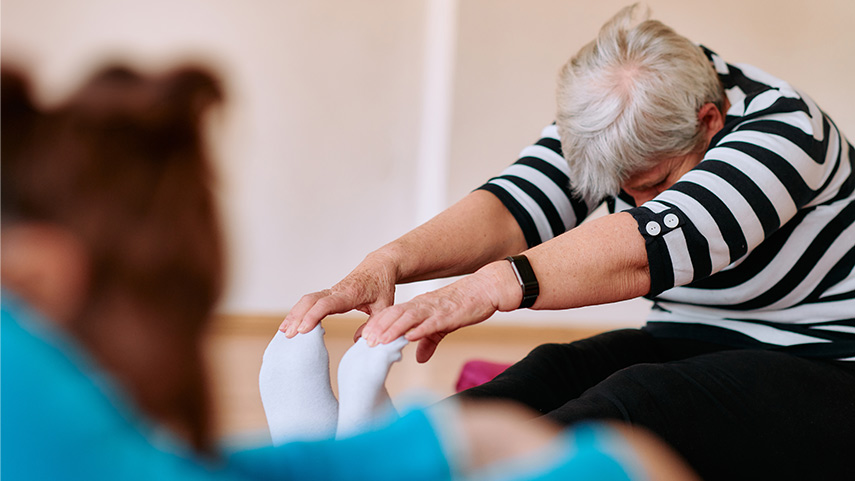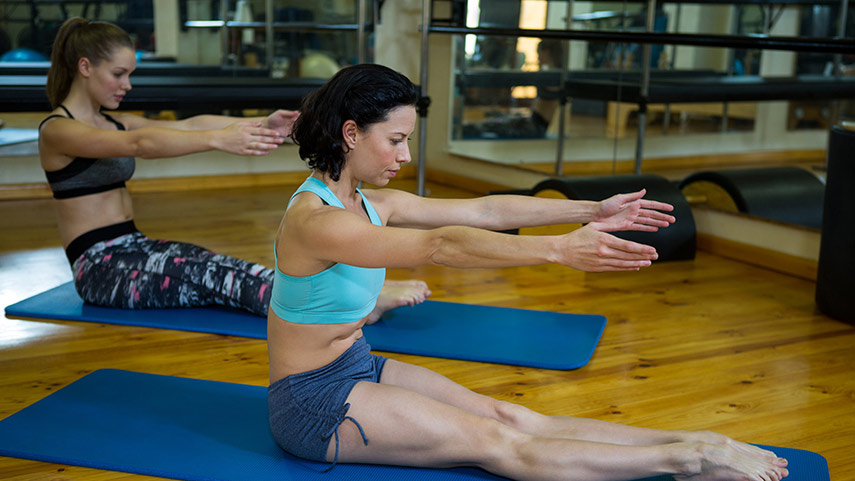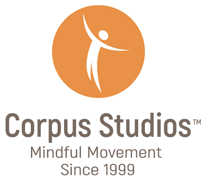Anatomy Essentials: The Backbone of Effective Pilates Instruction
In the world of fitness instruction, an often overlooked yet crucial aspect is a profound understanding of anatomy. This knowledge forms the bedrock upon which effective and safe exercise programs are built. Beyond simply guiding individuals through movements, instructors equipped with a comprehensive grasp of anatomy can tailor workouts to address specific needs, prevent injuries, and optimize results.
Anatomy serves as the compass navigating the intricate landscape of the human body, guiding instructors to design exercises that target muscles, joints, and systems with precision. It empowers them to make informed decisions, selecting the most suitable exercises for each individual based on their unique physiology and goals.
Understanding the Basics and Differences from Yoga
In today’s world, encountering someone unfamiliar with Pilates is becoming increasingly rare. While many have heard of it, fewer are acquainted with Contrology. So, what exactly is Contrology? It’s how Joseph Pilates himself referred to his exercise system, believing that muscles could and should be controlled through the power of the mind.
At first glance, Pilates sessions might be mistaken for yoga. And there’s some truth to that. Pilates is a unique blend of yoga and strength training. Unlike pure strength training, Pilates engages all muscle groups, helping to avoid strain, injury, and pain. Pilates exercises primarily utilize the body’s own weight, but for variety and added challenge, equipment like Pilates balls, toning balls, resistance bands, and isotonic rings can be incorporated.
The Pilates system encompasses exercises for all parts of the body. While yoga has its own philosophy, Pilates is grounded in principles:
- Control – Fundamental to Pilates, movements must be deliberate and progression gradual. The aim is to eliminate inertia-driven actions and replace them with intentional movements. Pilates said, “Make sure all of your body is under complete control of your mind.”
- Breathing – Lateral chest breathing aids in coordinating movements and sets the rhythm. Proper breathing increases oxygen consumption, cleansing and invigorating the body. “Squeeze the lungs as you would wring a wet towel,” Pilates would say.
- To keep core muscles engaged during inhalation and exhalation, breathing should expand to the sides and back while abdominal muscles remain tense.
- Centering – Most Pilates exercises target developing the “Powerhouse” – the gluteal, pelvic floor, lower abdominal, and back muscles. These form the “Powerhouse,” from where physical energy extends to the limbs. The core, predominantly engaged during workouts, comprises transverse abdominal muscles, multifidus, and pelvic floor muscles – deep muscles that stabilize and support the spine and internal organs.
- Concentration – It refers to the ability to fully focus attention on muscles engaged in each exercise and the sensations experienced in the body during movements, fostering a mind-body connection. This principle enables us to feel our bodies, thereby consciously executing each movement, both during workouts and in everyday life.
- Joseph Pilates would say, “Concentrate on the correct movement each time you exercise, lest you do them improperly and lose all the vital benefits of their value.”
- Isolation – The goal is to teach the body to move efficiently, minimizing unnecessary energy expenditure. It involves working specific muscle groups while allowing others to rest, avoiding unnecessary tension.
- Precision – Quality of movement surpasses quantity. While 20 incorrect repetitions may yield no results, three precise movements can evoke a profound body response.
- Flow and Continuity – The ultimate objective of Pilates sessions is to achieve seamless movement and restore natural grace to the body. It’s not just about executing each movement smoothly but bringing the entire workout to such fluidity that one exercise seamlessly transitions into another, devoid of pauses or jerks, and eventually transferring the acquired grace into daily life.
- Consistency – Regular practice is essential for results. While two sessions per week maintain progress, exercising thrice weekly develops both the body and mind, unveiling new sensations and restoring sensitivity to one’s body.
Is it possible to do Pilates on your own?
Many enthusiasts wonder whether they can practice Pilates independently. While the idea of self-guided sessions may seem appealing, it’s crucial to understand the risks involved. Pilates isn’t just a series of exercises; it’s a holistic system that requires precise movements and careful attention to technique. Attempting Pilates without proper guidance can lead to ineffective workouts, potential injury, or even exacerbate existing conditions.
One of the key aspects of Pilates is its focus on alignment, posture, and muscle engagement. Without the oversight of a qualified instructor, it’s challenging to ensure that these elements are addressed correctly. Furthermore, Pilates exercises often involve intricate movements that require specific cues and adjustments to perform safely and effectively.
Moreover, attempting to teach Pilates without proper training can have serious consequences for both the instructor and the participants. Pilates instructors undergo rigorous training to understand the intricacies of anatomy, physiology, and movement mechanics. They learn how to tailor exercises to individual needs, accommodate injuries or limitations, and provide appropriate modifications.
At Corpus Studios™, we prioritize the importance of qualified instruction in Pilates. Our instructors undergo comprehensive training that includes in-depth studies of anatomy, biomechanics, and exercise science. They are equipped with the knowledge and expertise to guide clients safely through their Pilates journey, ensuring optimal results while minimizing the risk of injury.
Principles of the Pilates System Setting it Apart from Other Workouts
Joseph Pilates himself referred to his method as Contrology. At the core of this exercise regimen lies the coordination of the body, mind, and spirit.
In his 1954 book “Return to Life through Contrology,” Pilates wrote, “Fitness is the first requisite of happiness. Our interpretation of physical fitness is the attainment and maintenance of a uniformly developed body with a sound mind fully capable of naturally, easily, and satisfactorily performing our many and varied daily tasks with spontaneous zest and pleasure.”
Initially, these exercises, designed to enhance balance, strength, movement control, and breathing, were utilized by Joseph Pilates himself in hospitals to rehabilitate bedridden patients during and after World War I. Later, they gained popularity among professional dancers.
The principles of the Pilates system are as follows:
- Control: Every movement must be deliberate and conscious.
- Centering: All Pilates movements originate from the body’s core, typically including the muscles of the abdomen, lower back, hips, and buttocks.
- Concentration: Complete mindfulness of the body is essential.
- Precision: Each movement has a specific purpose.
- Flowing Movement: Seamless transitions between exercises increase endurance.
- Breathing: Coordinated breathing and movement saturate muscles with oxygen and reduce tension in the neck and shoulders.
- Posture: Maintaining proper posture during Pilates exercises corrects muscular imbalances, optimizes movement coordination, and serves as a fundamental safety rule.
- Relaxation: The ability to engage specific muscle groups without strain or assistance from others.
- Endurance: With increased movement precision comes enhanced efficiency, requiring less effort to perform the exercises.
- Consistency: Regular training sessions are the key to success.
Embodying these principles not only distinguishes Pilates from other forms of exercise but also ensures a holistic approach to fitness and well-being.
Conclusion
In conclusion, at Corpus Studios™, we embrace the essence of Pilates through a profound understanding of its principles and practices. Our commitment to excellence extends beyond the studio floor, as we offer comprehensive anatomy courses and Pilates instructor training programs. With a team of highly qualified instructors, we ensure that every session is not just a workout but an immersive experience guided by expertise and precision.
Through our meticulously crafted curriculum, we empower individuals to delve into the depths of Pilates, unlocking its transformative potential for both body and mind. Whether you’re a novice seeking to embark on a journey of self-discovery or a seasoned practitioner aiming to refine your skills, Corpus Studios™ provides the ideal environment for growth and exploration.
Join us and discover the artistry of movement, the power of breath, and the harmony of mind-body connection. Experience the difference that knowledge, dedication, and passion can make in your Pilates journey. Together, let’s sculpt a stronger, more balanced future, one mindful movement at a time. Welcome to Corpus Studios™, where excellence meets enlightenment.

